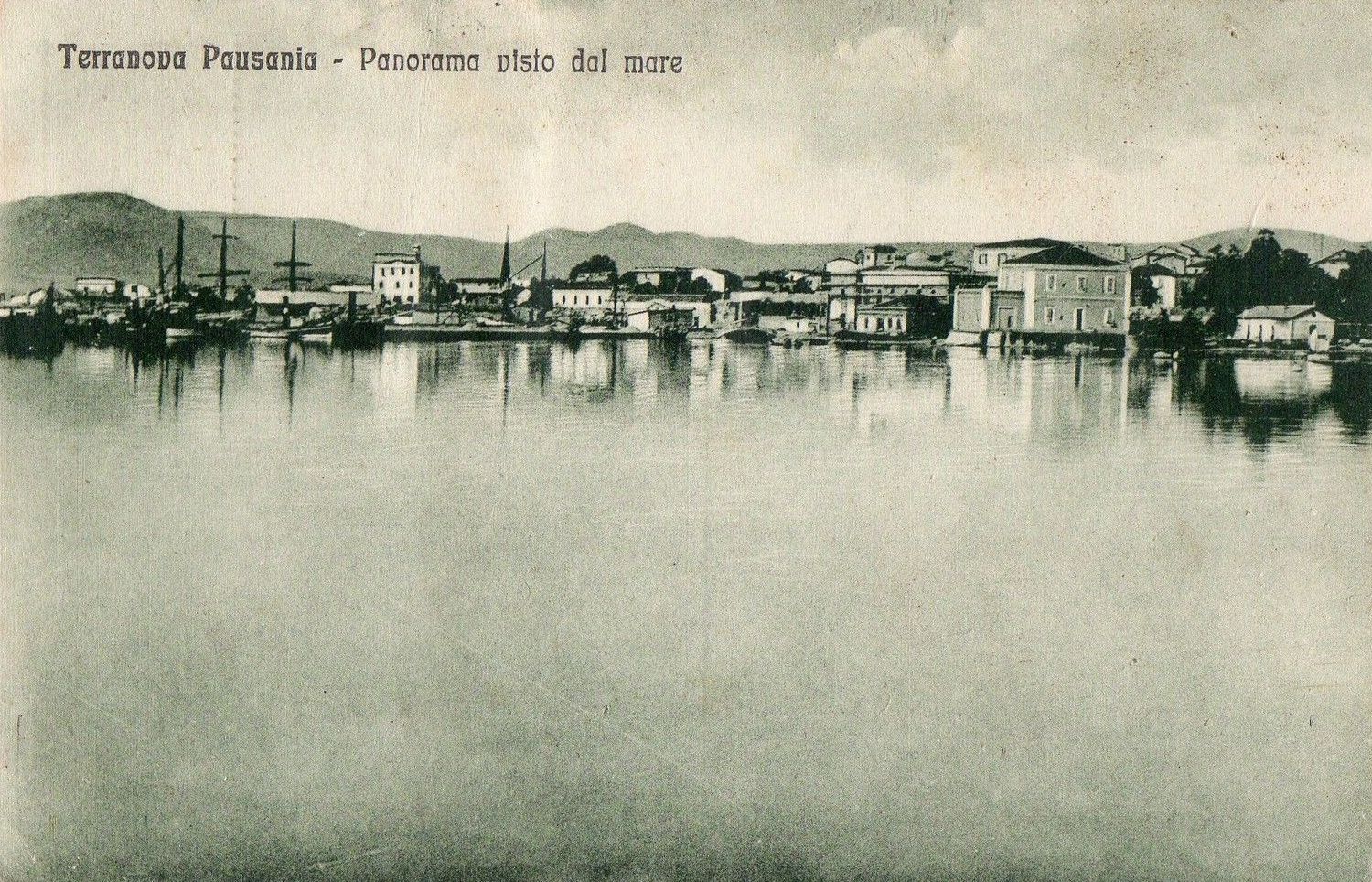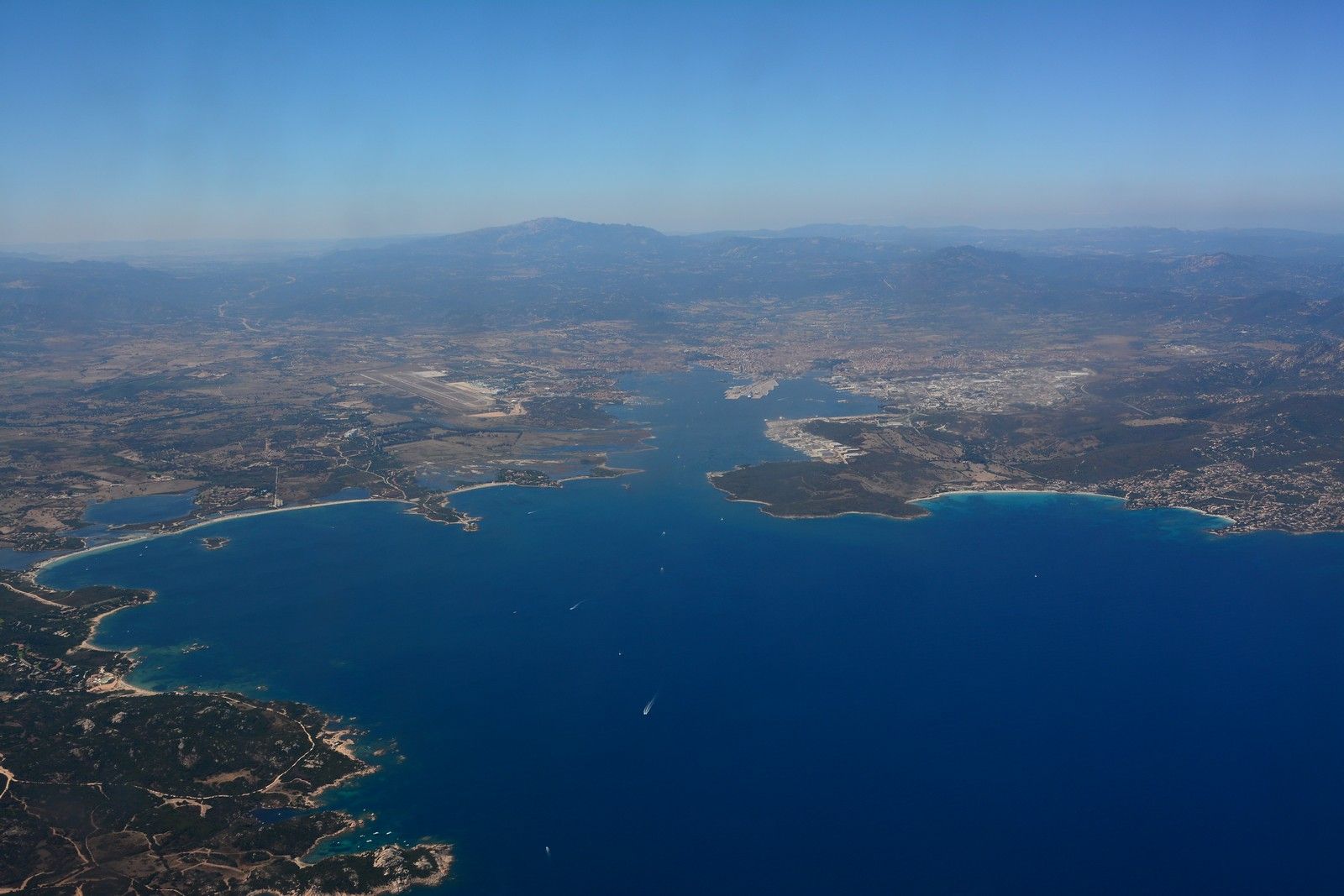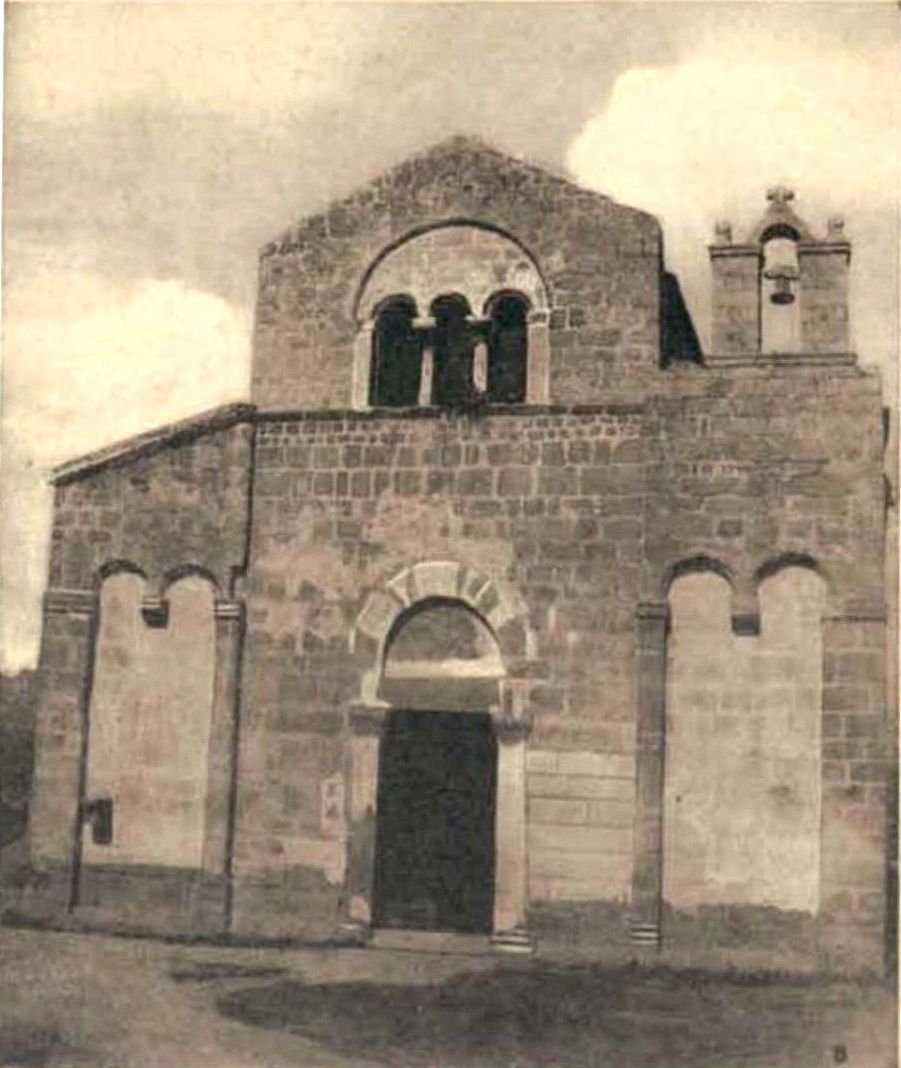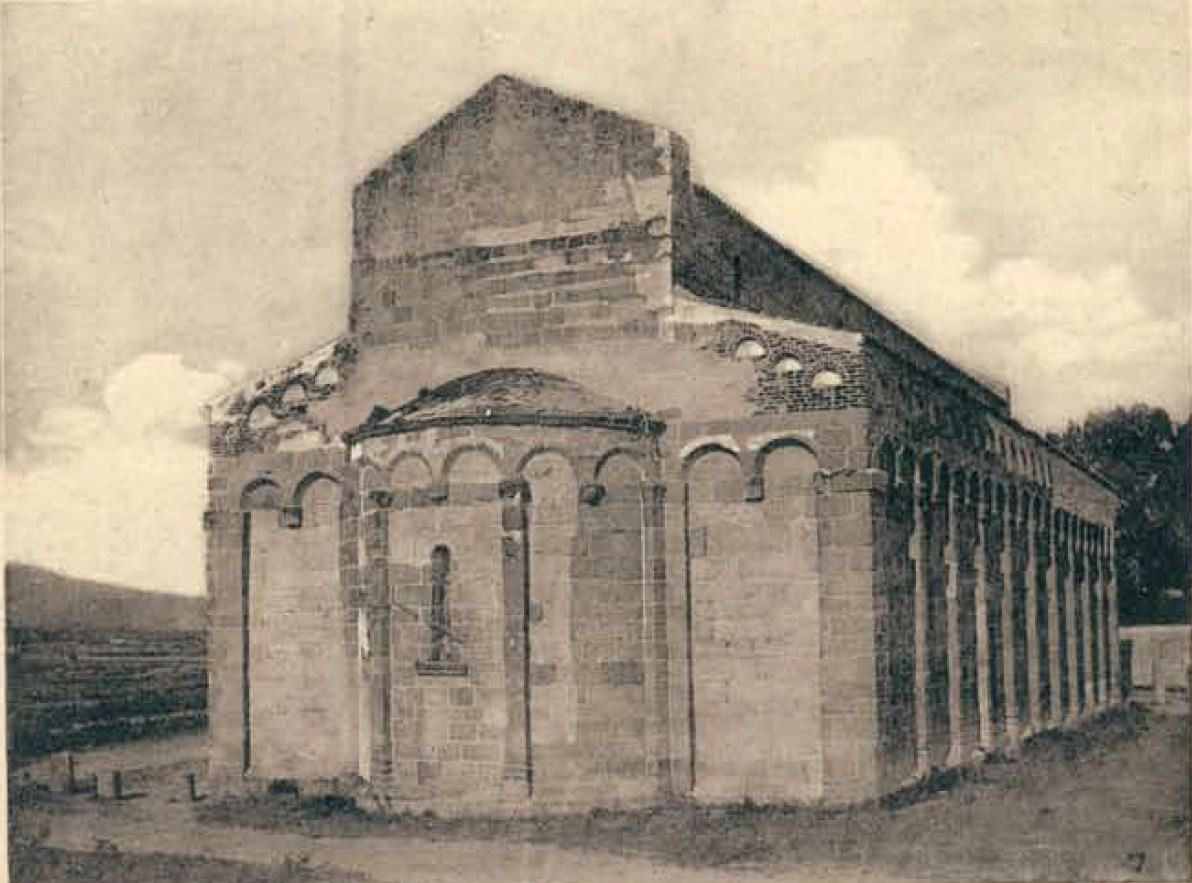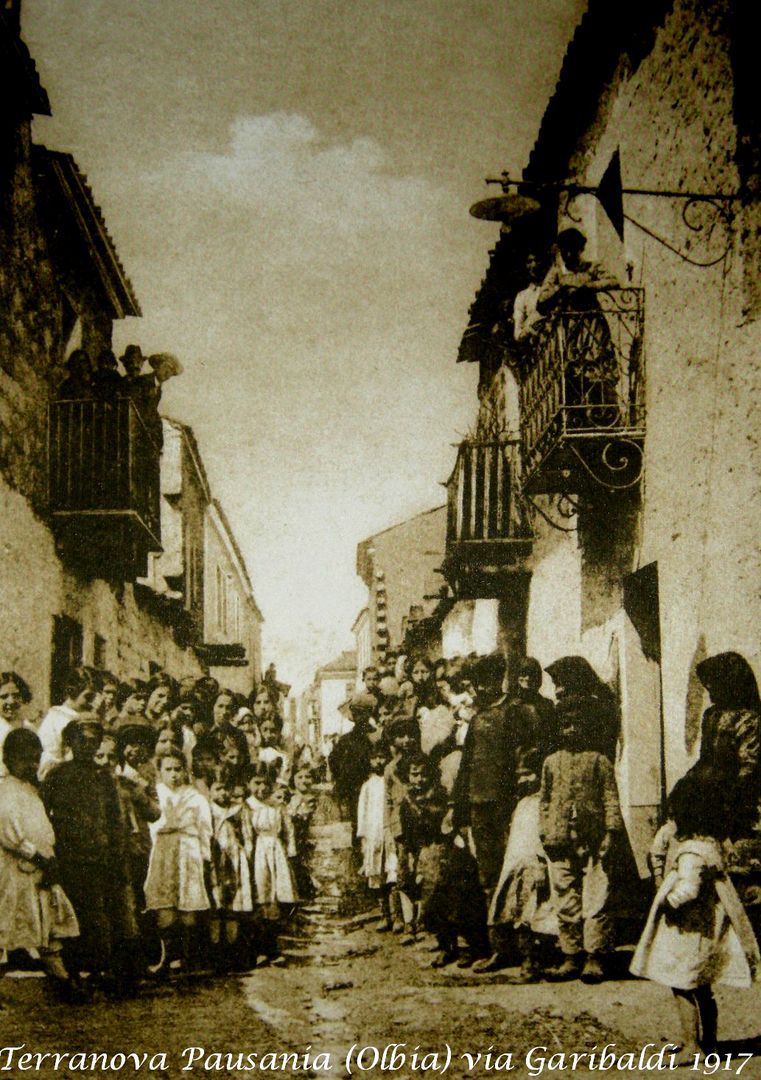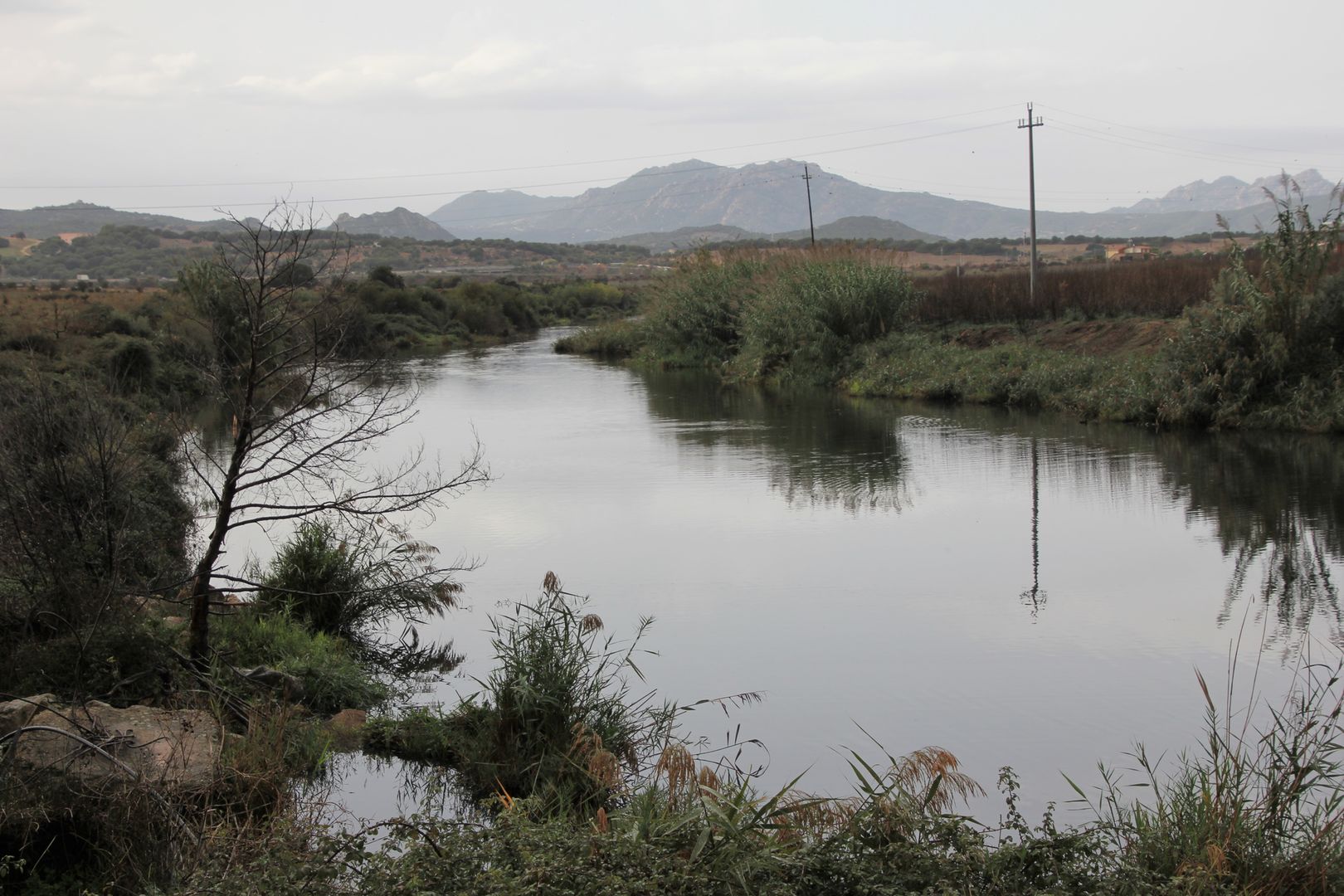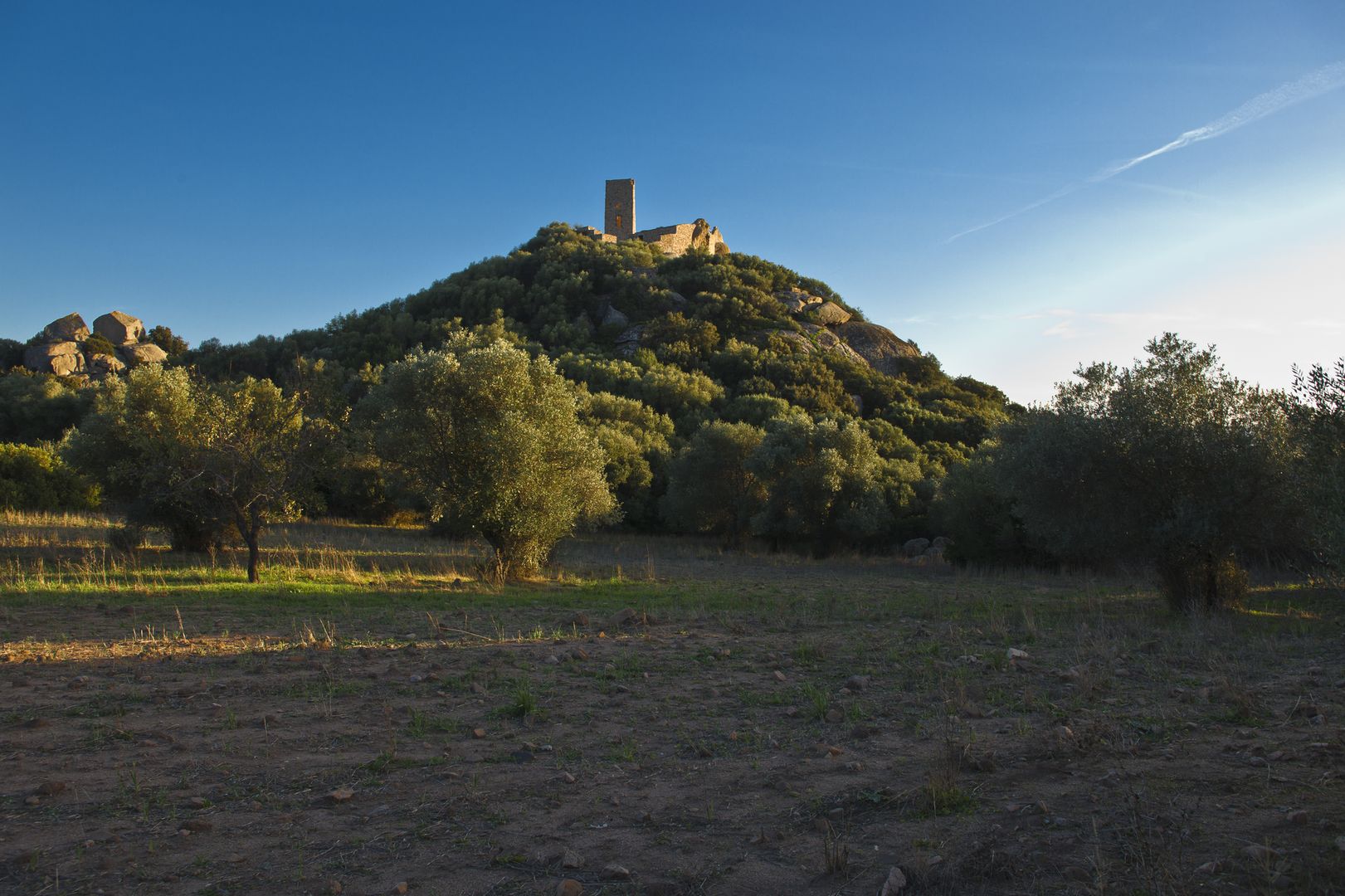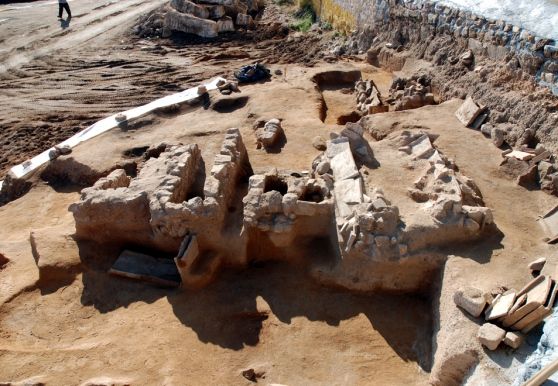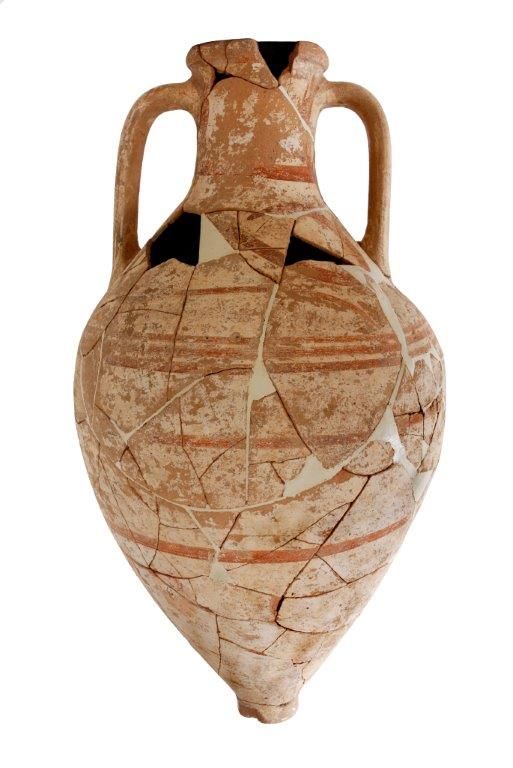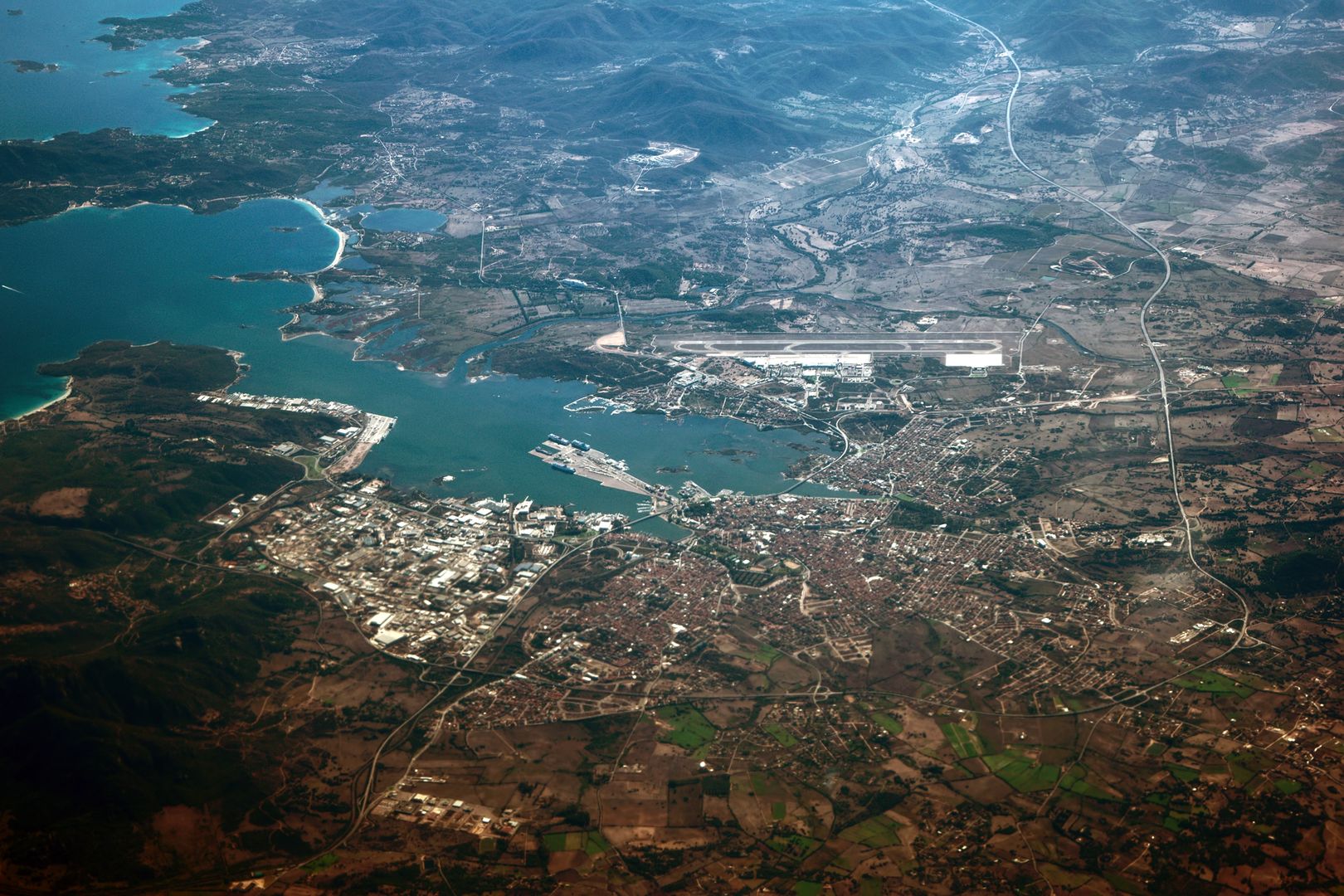OLBIA
Sketch of the present state of the Island of Sardinia⇒
London 1828
John Murray, Albermarle-Street
in italian: ![]()
The best building is the church of St. Simplicius, a Pisan edifice outside the town, just below which is a constant supply of excellent water.
Nor is any town in Europe disgraced by a more bloodthirsty set of miscreants; the life of a fellow-creature is considered so trifling an object, that on becoming in any degree burthensome, he is dispatched without ceremony or comment. […]
In 1710, Terranova was occupied by a detachment from the army commanded by the Duke of Tursis; but both the troops, and the four settees that brought them from Corsica, were captured by Admiral Norris and General Brown, in the month of June, of the same year.
Owing to the defects of Terranova, small coasters often anchor, with land-winds, at the islet in Porto Vitello, a deep cove between Cape Ceraso and the bar; but large ships usually bring up in twelve or fourteen fathoms, at l’Aranci, a bay under Cape Figari, the Columbarium of Ptolemy. Here vessels lie nearly landlocked, Tavolara streching across the bay to the southward, so tabled and steep, as to resemble a huge wall.
SOURCES OF ILLUSTRATIONS
Postcards and Photos, Late 19th/Early 20th Century
coll. Marella Giovannelli
Antonio Castellini, foto San Simplicio, IN Album ricordo della Sardegna, Milano, Garzini-Pezzini, 1911.
Contemporary Photos
Salvatore Solinas, Gianni Careddu – CC-BY SA 4.0, wikimedia commons, Aurelio Candido, www.gruppogedi.it, Japs 88 – CC-BY SA 4.0, wikimedia commons

